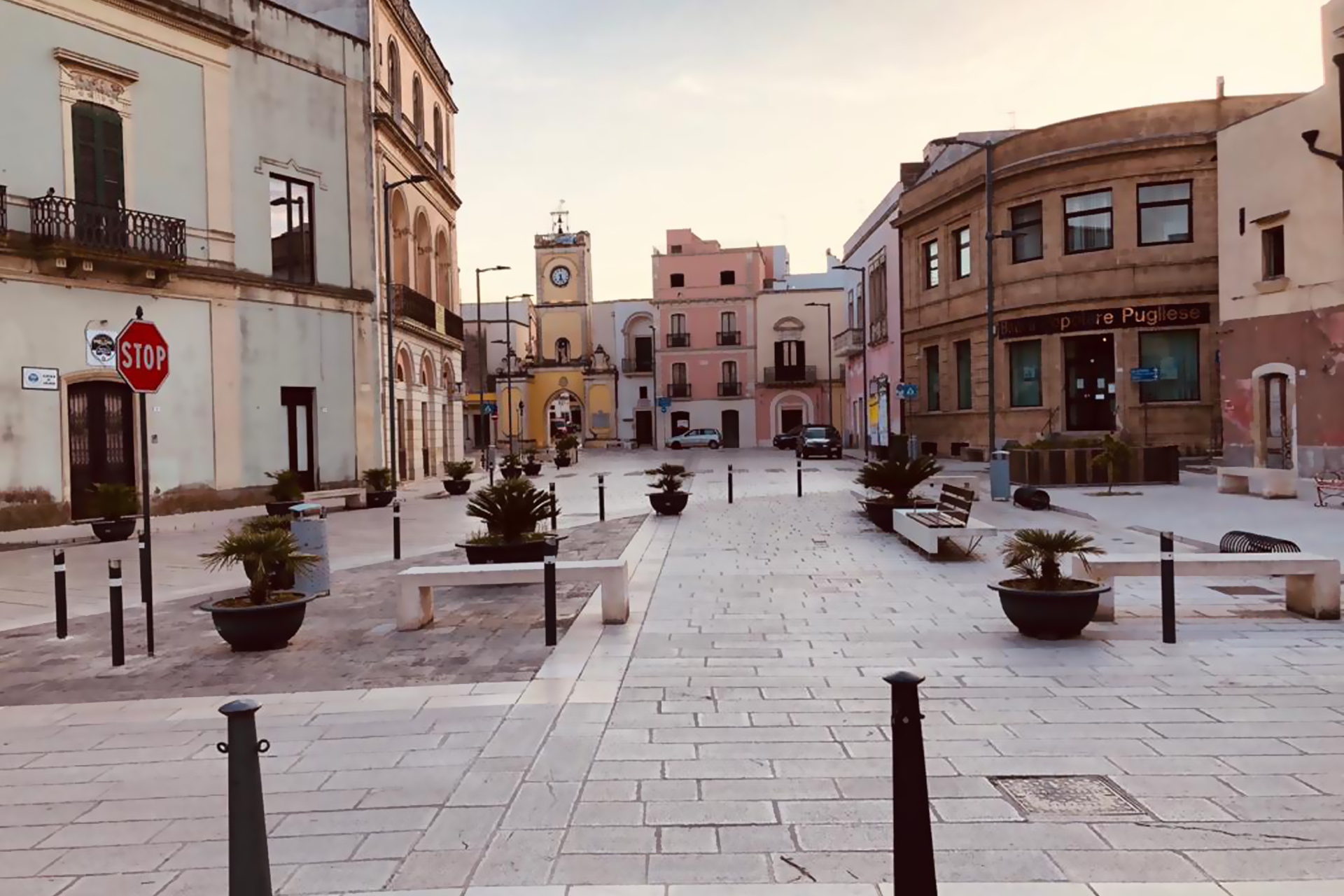Cart
5
Quantity
4,00 €
Quantity
4,00 €
Quantity
18,00 €
Quantity
16,00 €
Quantity
5,00 €
Product You May Also Like
Payment details
Sub Total
56,00 €
Shipping
Free!
Total
56,00 €
Apply

 Taralli all'Uvetta e Cipolla
Taralli all'Uvetta e Cipolla
 Taralli with Salento Dried Tomatoes
Taralli with Salento Dried Tomatoes
 Nula
Nula
 Sciana
Sciana
 Country Orecchiette
Country Orecchiette



















Leave a comment